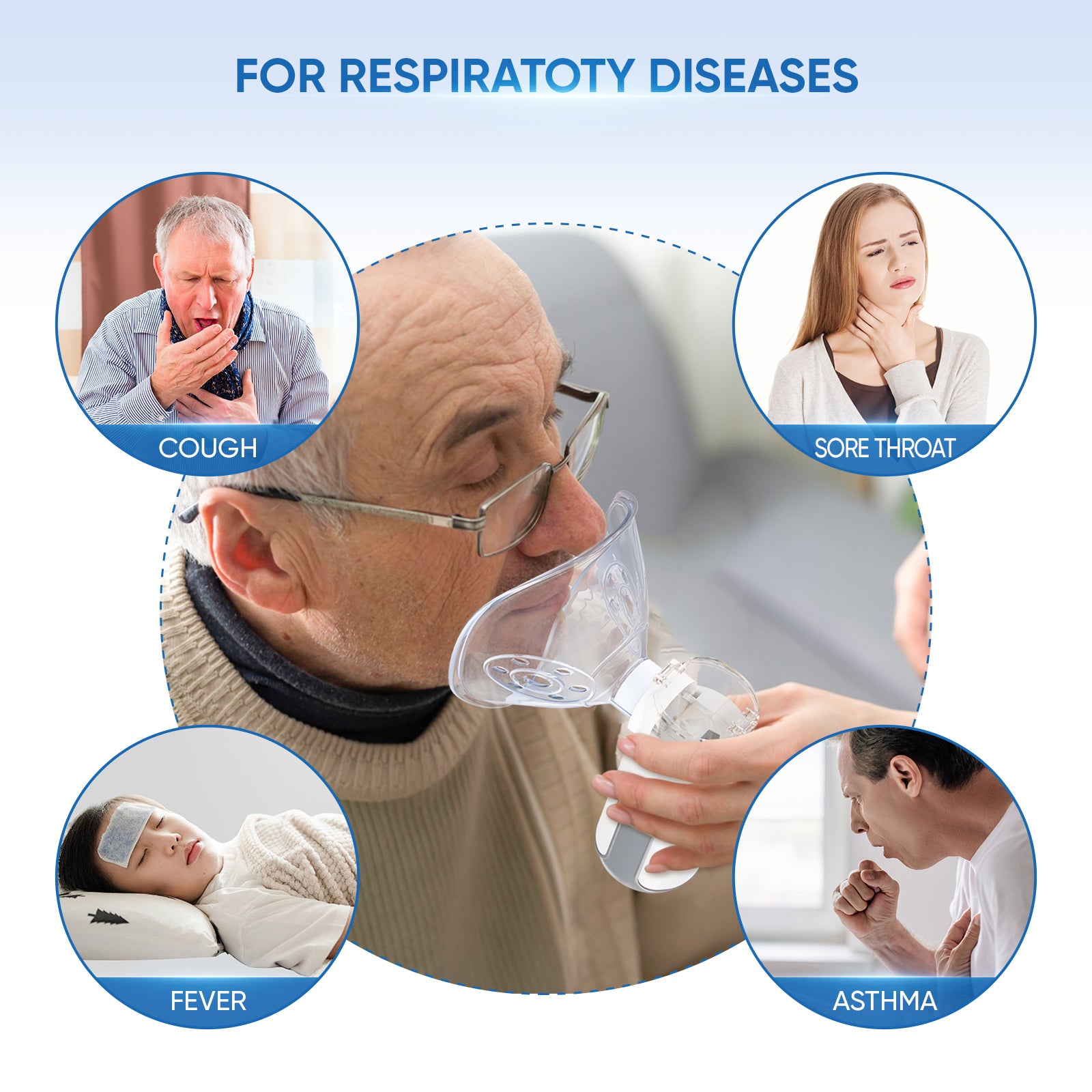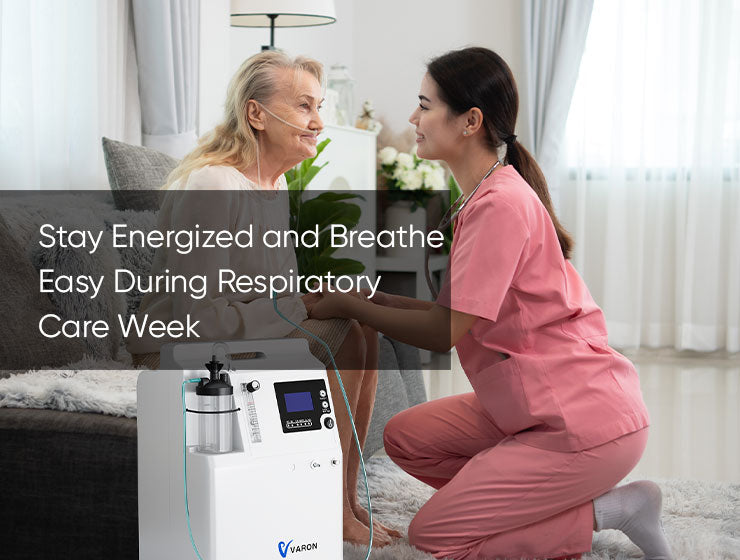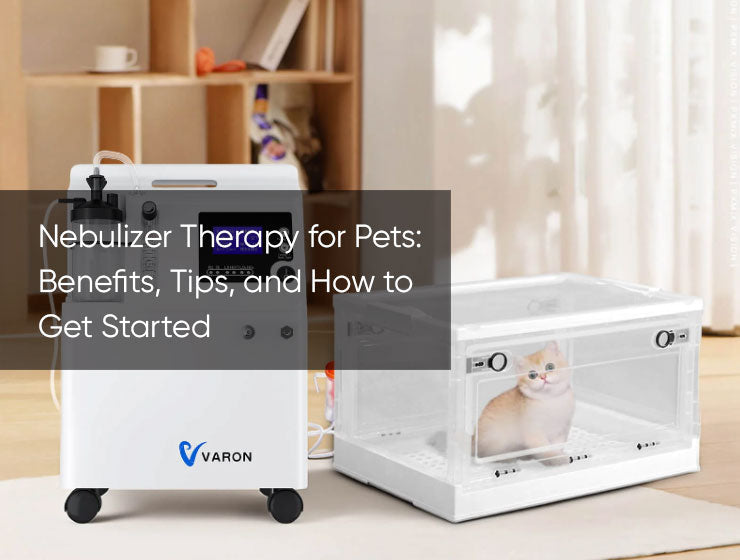An oxygen concentrator seems to have a straightforward function: it provides oxygen to the user from the surrounding air. But in order to perform this function perfectly, quite a few components and steps are involved. While it is certainly very far from the most complicated machine in the world, it still involves complex processes. So how exactly does an oxygen concentrator work?
Air is composed of multiple different gases, with the two largest compositions being that of nitrogen and oxygen. However, nitrogen is present at a much higher percentage than oxygen - making up 78% of the air to oxygen’s 21%. Still, with the removal of nitrogen from the air, the oxygen concentration remaining would be over 90%. This is the principle followed by an oxygen concentrator, which strives to deliver oxygen at purity levels of 95 to 99% by eliminating the nitrogen from the air it takes in.
The air is processed into near pure oxygen through a number of steps, which are as follows.
- Air from the surroundings is drawn into the oxygen concentrator. This air is put through a number of filters as it is brought through a compressor.
- The compressor moves air into a highly porous molecular sieve bed that absorbs nitrogen in very high amounts. This allows for air with a high concentration of oxygen to remain, and this air is ready to be transferred into the cannula or mask of the user.
- The machine continues to absorb and compress air into the molecular sieve bed until it becomes full of nitrogen, at which point a switch valve flips over the output channel of the air from the user’s cannula or mask and into a second molecular sieve bed, thus transferring the compressing work to a second bed.
- Meanwhile, the first molecular sieve bed releases the nitrogen in its container through a back-flushing process from oxygen in the second bed. The process repeats when the second bed fills, swapping back and forth between the two molecular sieve beds as each one becomes full.
- Users can control oxygen and air flow through settings and enjoy continuous oxygen supply for as long as a power source is present.




















